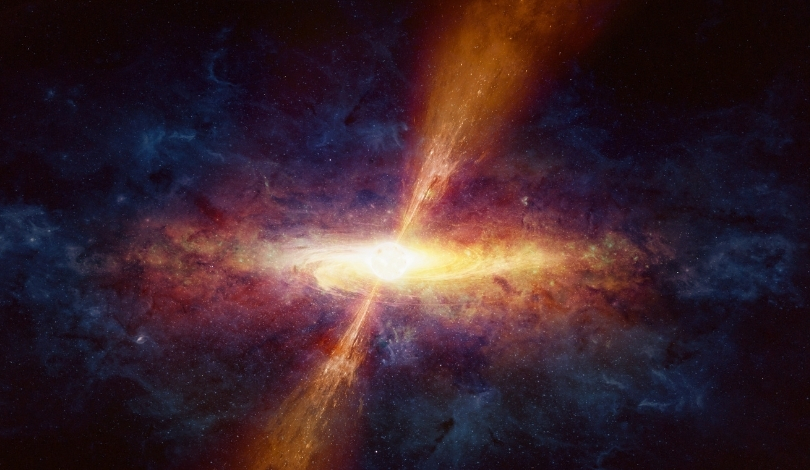A small asteroid, now designated as 2024 RW1, unexpectedly lit up the sky over the Philippines early this morning. Despite the element of surprise, the asteroid was detected only hours before entering Earth’s atmosphere, showcasing the efficiency of modern sky surveys. The event was a visual spectacle, captured in a fleeting but brilliant fireball over Luzon Island.
Earlier information on similar occurrences indicates that minor asteroids hit Earth’s atmosphere fairly regularly. However, the fact that 2024 RW1 was detected so close to its atmospheric entry highlights the continual advancements in detection technologies. A comparison with past events, such as the Chelyabinsk meteor in 2013, underscores the importance of early detection in mitigating potential damage.
Detection and Impact
NASA‘s Catalina Sky Survey identified 2024 RW1 only hours prior to its atmospheric entrance. Measuring just one meter in diameter, it posed no threat to Earth. Observers reported a bright flash as the asteroid burned up in the atmosphere, a common fate for objects of this size. This detection marks only the ninth time an asteroid was spotted before reaching Earth.
Visual Spectacle Captured
Residents of the northern Philippines witnessed a flashing fireball, partially obscured by clouds. A video captured the asteroid’s brief tail, which quickly vanished. This visual phenomenon drew attention on social media, sparking discussions about the rarity and beauty of such events.
A Reminder of Larger Threats
While 2024 RW1 was harmless, historical events remind us of the potential dangers. The 2013 Chelyabinsk meteor caused considerable damage and injuries in Russia. Larger impacts, such as the Chicxulub event, have had catastrophic consequences in Earth’s history. Both NASA and the European Space Agency (ESA) are vigilant in monitoring asteroid movements to prevent future disasters.
The speed of 2024 RW1, traveling at 17.6 kilometers per second, is a testament to the velocity at which these objects move. Regular exercises by NASA and ESA ensure preparedness for potential threats. Experts simulate scenarios to develop effective response strategies for hazardous asteroids.
Today’s event, while a beautiful display, serves as a reminder of Earth’s vulnerability within the cosmos. Continuous improvements in detection and monitoring are crucial in safeguarding our planet from potential asteroid impacts.










